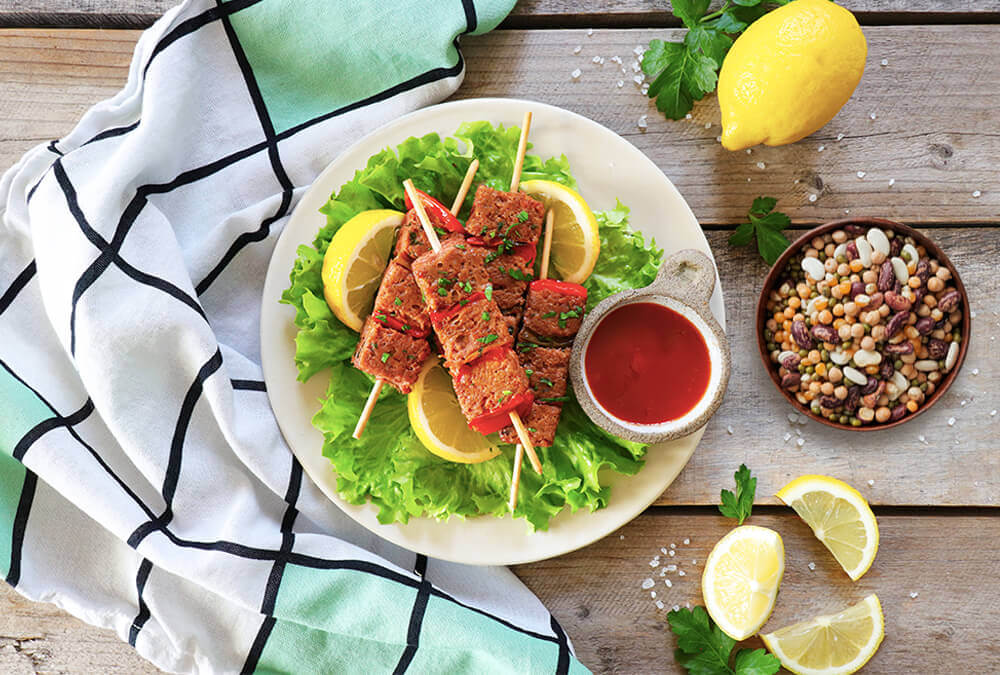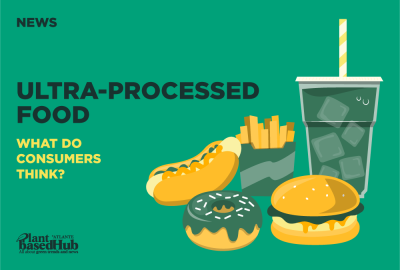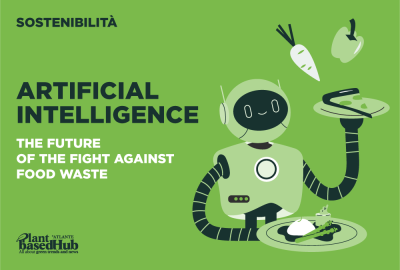Atlante
News
The thousand forms of legumes: from tins to pasta, snacks, and alternatives to meat and fish, legume lovers benefit from high rates of innovation

25 July 2023
The thousand forms of legumes: from tins to pasta, snacks, and alternatives to meat and fish, legume lovers benefit from high rates of innovation
Beans, peas, and lentils are not just the protagonists of fables and anecdotes steeped in folk wisdom, but also feature in many regional dishes and recipes that are jealously passed down in families. It is not surprising that such precious commodities are the very ingredients that have ferried nutrition from tradition to the future. Over time they have transformed and transfigured, but they have always been the foundation of nutrition.
Soy, which has always been used for its nutritional balance and versatility (though more so in Asia than at home), is used in many forms, including tofu, tempeh, sauce, oil, flour, and beverages. In recent times, thanks to extrusion, soy has given rise to the first meat analogues. Now we are seeing legumes appear in all courses!
Chickpea flour was once reserved for farinata and panelle but is now appearing in recipes for meatballs and banana bread all over the internet. Lentil flour, which until a decade ago could not be found in the large-scale retail trade, is now gaining popularity among lovers of single-ingredient crepes and creams. Skilled cooks can experiment with bean, pea, broad bean, and lupin flours, which can be mixed with wheat flour. Coarsely ground legume mixes are now readily available to bring to life recipes that call for a mince substitute.
Pasta made from legumes has amazed us, but we have not yet learnt how to make the most of it. The most popular version on the market is red lentil pasta, but it can also be made from black beans, edamame, and lupins. These pastas are simply delicious if you know that the portion size is 50 grams (not the usual 80!) and that it should be seasoned with sautéed vegetables for optimal performance. Sports enthusiasts and foodies can make it a one-pot meal and get all the amino acids of meat by mopping up the sauce with a piece of bread – all without impacting on the environment and without ingesting cholesterol.
For the past few months, health-conscious people, parents, and all those in need of tasty and healthy snacks to replace a meal when they are in a hurry, have been able to count on the popularity of crisps with low fat, less salt, and a fair amount of protein by replacing fried potatoes with chickpeas or lentils.
The most important and amazing innovation, however, is related to peas: in less than a decade, the industry has made a real technological jewel out of them, modifying them through processes that increase protein bioavailability and mimic the structure of meat and fish in a very convincing way. They have managed to calibrate fats and flavours and put high-service food on the market, that is ready no time just like beef burgers and salmon fillets, enabling a eco-friendlier and healthier lifestyle.
Atlante has intercepted this new and trend and has launched the Plant Heroes line over the past year, which includes a skewer and sausage with a pea protein base.





